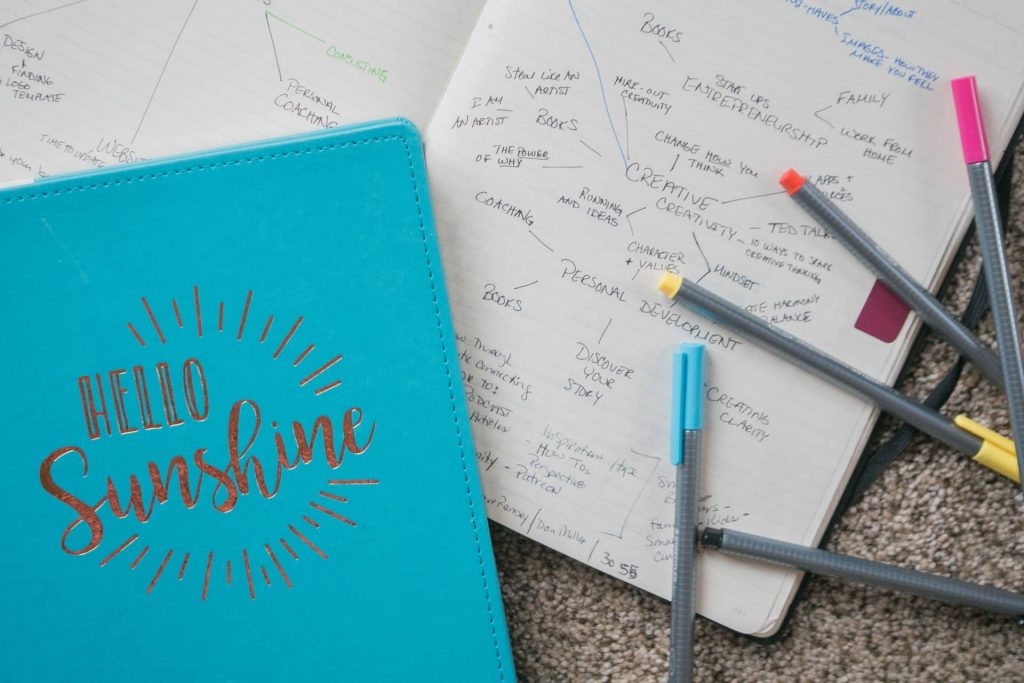
A simple definition of what user experience (UX) is
According to Google: User experience is how a person (the user) feels about interacting with or experiencing a product whereas a product is a good, service, or feature.
User experiences help by improving usability, making it easier to use and accessible for everyone but at the same time making it an enjoyable experience which will lead to a positive connection between the user and the product itself.
Although, in the current consumer market there is a huge variety of solutions or products, where designers from all areas can express their creativity isn’t it frustrating when we don’t know how to use it as it is not obvious in the direct contact with the product? Don Norman in his book “The design of everyday things” talks about the frustration of getting confused in front of doors or elevators as some don’t hold clear instructions on how to use something so basic. A great design is invisible as it makes the product easy to use and accessible for everyone without detailed instructions. In the virtual world, we can encounter the same level of frustration when browsing through a website with no clear paths and we need to stop and think “what should I do next?” or “where should I click?”.
Although the phrase “user experience” was first introduced by Don Norman in the 1990s the concept behind it lives for thousands of years among us and is defined as feng shui.
According to Oxford languages, the definition of feng shui is: “(in Chinese thought) a system of laws considered to govern spatial arrangement and orientation in relation to the flow of energy (chi), and whose favourable or unfavourable effects are taken into account when siting and designing buildings.“
As the technology evolved our lives changed as well and it is not merely about the physical world but the virtual world. Online is where we search for different products or services that we either purchase or enjoy online. We can apply the feng shui principle by arranging the app or website in such a way it will be easy to browse by the users..
Characteristics of a good user experience
There are four primary characteristics of functional UX: usable, equitable, enjoyable, and useful.
Usable: to make your product useful make sure that everything is easy to find, the functionality is easy to understand and your user can accomplish specific tasks. For example, when building an online store make sure that the cart or the login buttons can be visible throughout the website.
Equitable: to ensure that your product is equitable it must serve people with different abilities and backgrounds. For example: if your website serves internationally, add a language switcher and provide translations to the specific languages, add audio for people with visual impairments or emojis that includes different religions or skin tones.
Enjoyable: although it is not a must, this feature can help create a positive interaction between the user and the product which would lead to repeated use and great feedback and recommendation.
Useful: if your product solves a problem then it can be considered useful. It can save time, effort, provide a service, or accessibility.
User Experience (UX) roles
User experience roles vary from all sectors and can be accessible for anyone interested in this sector of work. Because of its wide range, you can position yourself wherever suits you best.
As for companies interested in hiring or collaborating with UX experts they can either choose a generalist or a specialist.
A generalist UX can be responsible for the entire process of UX from user research, branding, user flows, writing, visual design, prototyping, production design, information architecture, usability testing, and so on while a specialist UX has more depth of knowledge in one kind of UX design like interaction, research, motion design, etc.
If you run a startup or a small company a generalist UX would be the best fit as it can form the entire UX process and later on based on the research collected can invest into a specialist UX. Big companies have large teams of specialists UX to ensure each sector is fully covered.
User research: helps the company understand the views of users about the product if that product is usable, enjoyable, accessible, or useful. This is accomplished through different methods including direct interviews with users, online or offline surveys, observations on how people interact and understand the product.
Information architecture: this would be the skeleton of how your product will be organized and structured.
Wireframing: involves the basic outline or sketching of the product usually a website or app. This step can help organize the content.
Prototyping: involves an early model that demonstrates mainly the functionality of the product. The prototype of the product can emphasize the issue that users might have with the product and can be used in running a new user research. The feedback can be used to solve different issues before releasing it and making it available. This will save a lot of money and time.
Visual design: bring the wireframes to life and create the visual aspect of the product upon the prototype. The visual design can have an impact on the enjoyable characteristic of the UX but it is not a must. Ideally, everyone wants a product that looks good and functions perfectly but if we have to choose the functionality that matters the most as a “pretty” but unfunctional product is useless.
Writing: A picture can say a thousand words but words are very important. They can break or they can rise as it has a very deep impact on users. Choosing the right wording not only will save time for users to read through the description or additional text but using the right language adequate to your users is very important.
Conclusion
UX is very important when building your product but it is not necessary to apply it upfront although it is ideal. You can introduce UX generalists or specialists at any given moment and improve your product or services even if you are on the market for many years. Also, keep in mind that UX functions like a loop, and from time to time get back in the loop and restart the entire process from research and feedback from your current users. Even if your product is very successful remember that it can always be improved to serve better, be more useful or more accessible.
Free consultation!
Share your project & explore possibilities.
We ignite creative sparks with passionate minds, transforming ideas into powerful brands that stand out. Our design gurus craft exceptional UI/UX experiences for a lasting impact.





